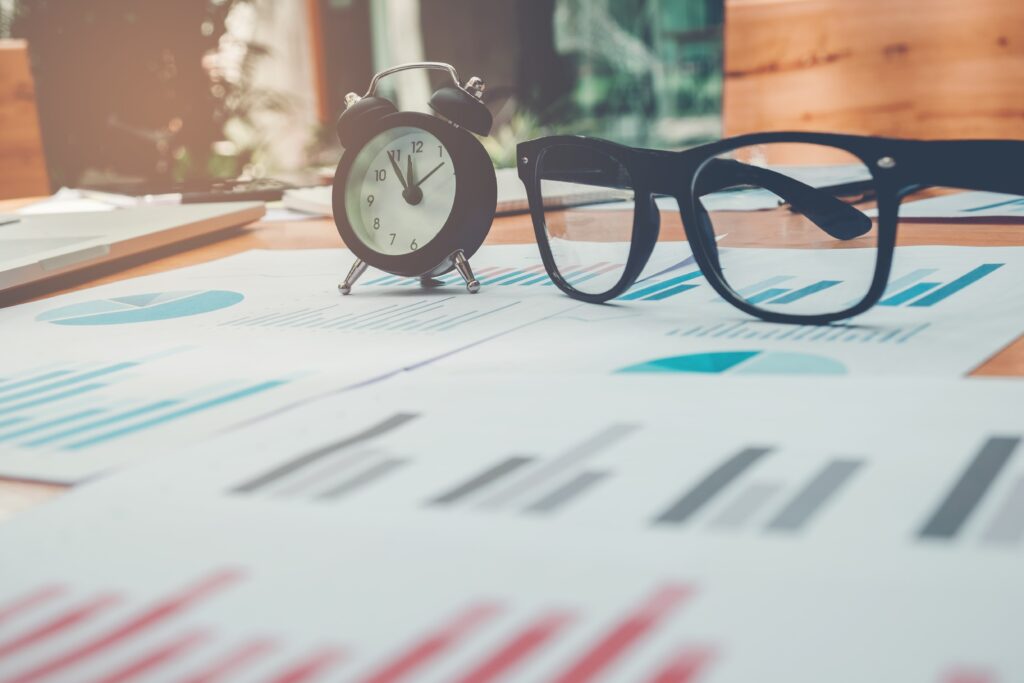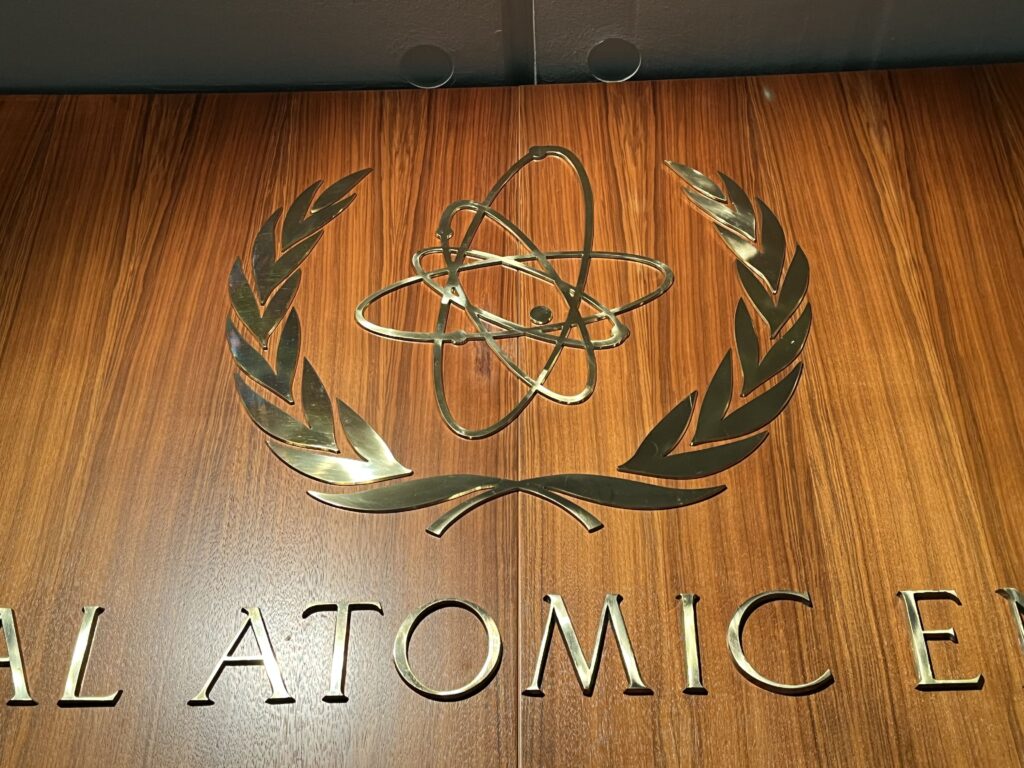Hello, everyone. My name is Daichi, an expert providing the information about the radiation issues in an easy-to-understand manner.
With regard to volume reduction and recycling of removed soil arising from decontamination activities, first, in this article, its current situation and background for the promotion of efforts were covered, and in this article, specific approach as well as methodologies were covered especially from a technological viewpoint.
Specifically, as efforts from technological viewpoints, technology development which underlies volume reduction and recycling, as well as demonstration projects in progress were elaborated.
This article covers, especially, from a social viewpoint, especially, building understanding for this policy, followed by future approach for these efforts.
In other words, this article covers the following questions:
– How has building understanding for volume reduction and recycling of soil arising from decontamination been specifically promoted?
– How will the volume reduction and recycling of soil arising from decontamination be promoted towards the future?
Table of contents of this article
- (Approach for building understanding and future plan are covered) Volume reduction and recycling of removed soil (Vol. 3)
- Public understanding for volume reduction and recycling of removed soil arising from decontamination
- Site visits
- Public information through symposium and internet
- Placement of potted plants using soil arising from decontamination
- Future approach for volume reduction and recycling of soil arising from decontamination
- Preparation for institutional arrangement
- Review by the IAEA
- At last
- Summary
I have been involved with the radiation-relevant issues, like the policy on the decontamination activities and the management of the Interim Storage Facility, after the accident of the Fukushima Daiichi Nuclear Power Plant in 2011.
I received a doctorate in the field of radiation, while working in Fukushima.
- (Approach for building understanding and future plan are covered) Volume reduction and recycling of removed soil (Vol. 3)
- Public understanding for volume reduction and recycling of removed soil arising from decontamination
- Future approach for volume reduction and recycling of soil arising from decontamination
- At last
- Summary
(Approach for building understanding and future plan are covered) Volume reduction and recycling of removed soil (Vol. 3)
This article and this article covered background for promotion of volume reduction and recycling of soil arising from decontamination activities, and specific approach especially from a technological viewpoint, respectively.
This article covers, first, efforts from a social viewpoint, specifically for building nationwide understanding for these projects, followed by approach towards the future, to recapitulate a series of articles.
Public understanding for volume reduction and recycling of removed soil arising from decontamination
Understanding of a variety of people is necessary, because these projects deal with radioactive materials released into the environment after the accident of Fukushima Daiichi Nuclear Power Station, and also because the projects could be implemented, not only in Fukushima, but also all over the country.
Following parts cover representative examples of efforts to foster nationwide understanding.
Site visits

Site visits to the Interim Storage Facility, for example mentioned in this article, where soil and waste arising from decontamination in Fukushima Prefecture, take place in a daily basis upon response to requests.
People take a tour bus and can have a look at the Soil Storage Facilities, the demonstration project site for road embankment as well as remains left behind as they were since shortly after the accident.
In addition, in Nagadoro District in Iitate Village, also touched upon in this article, site visits to the sites take place upon requests, and people can observe the demonstration project of agricultural embankment carried out in the district.
Please visit the JESCO Website (in Japanese) for more detailed information.
Public information through symposium and internet

For example, in total 9 dialogue forums were held all through the country, from 2021 to 2023, as opportunities to foster understanding for necessity and safety of recycling of soil arising from decontamination activities (For detailed information, please visit this website (in Japanese).
In addition, lectures for recycling of soil arising from decontamination took place in FY2023, in around 50 high schools and universities.
Of course, information dissemination through internet, as well as YouTube by influential people, has been implemented.
For more detailed information, please visit this website (in Japanese).
Placement of potted plants using soil arising from decontamination

As one of the efforts for building understanding toward reconstruction of Fukushima, potted plants using soil generated through decontamination in Fukushima Prefecture have been placed in national government-related facilities (i.e.: buildings of relevant ministries and agencies), as well as headquarters of political parties.
Monitorings of air dose rate around the placed potted plants have been continuously implemented, but no changes have been observed for the air dose rate, for before and after the placement of the potted plants.
For more detailed information, please visit this website (in Japanese).
Future approach for volume reduction and recycling of soil arising from decontamination
At last, to recapitulate a series of articles, future policy for promotion of these efforts will be covered.
Preparation for institutional arrangement

The national government has promoted volume reduction and recycling of soil and waste arising from decontamination, based on the Technology Development Strategy for Volume Reduction and Recycling of Removed Soil from Interim Storage (in Japanese), and achievements of efforts are supposed to be compiled by the end of Fiscal Year 2024.
The achievements will include completion of basic technology development and demonstration projects for volume reduction and recycling, setting a set of technological standards and development of guidelines.
The contents themselves have been continuously and specifically discussed in committees, in which experts for each field participate, for example, recycling, technology development, final disposal and communication, and it is scheduled to move on to implementation of more full-scale projects in FY2025 onwards.
For more detailed information, please visit this website (in Japanese).
Review by the IAEA

In addition, at the same time, review by the IAEA (International Atomic Energy Agency) has been conducted, for efforts for volume reduction and recycling implemented by the national government.
In total three Experts Meetings were held, and it is supposed for a final report to be publicized in around summer of 2024, the advice etc. will be reflected into the aforementioned institutional arrangements to be prepared by March 2025.
For more detailed information, please visit this website (in Japanese).
Please refer to this article, this article, this article and this article, if you are interested in the IAEA.
At last
As explained so far, March 2025 is set as an important year and month, for the subsequent full-scale implementation of the projects.
The time, March 2025 is a milestone, 20 years to completion of final disposal outside Fukushima Prefecture.
The remaining 20 years are by no means a sufficient amount of time.
In order to complete final disposal by March 2045, with simultaneous promotion of recycling, a great deal of efforts to solve technological issues, as well as coordination will be needed, for site identification and transportation to the site.
In addition, it will take a lot of time to gain nationwide understanding for these projects.
Actually, the national government has held local explanatory meetings, to implement demonstration projects for recycling outside Fukushima, specifically in Tokyo and Saitama, but it has not gained peple’s understanding and has not started the demonstration projects outside Fukushima at this point of time.
Summary
So far with regard to the volume reduction and recycling of soil arising from decontamination, background, specific efforts and future plan have been elaborated.
Solving this issue is indispensable for reconstruction of the affected areas, and taking account of the fact that it is the accident of the nuclear power plant which provided electricity with the Tokyo metropolitan areas, I think that this is an issue which needs to be considered and addressed not only in Fukushima, but also nationwide.
It would be appreciated, if you could keep yourself continuously interested in this issue, for example, through site visits to the Interim Storage Facility, and demonstration project site.
By the way, above-mentioned contents are summarized in the following videos.
– Japanese version
– English version
You can read the same article in Japanese here.
Thank you very much for reading this article.
See you next time!



コメント